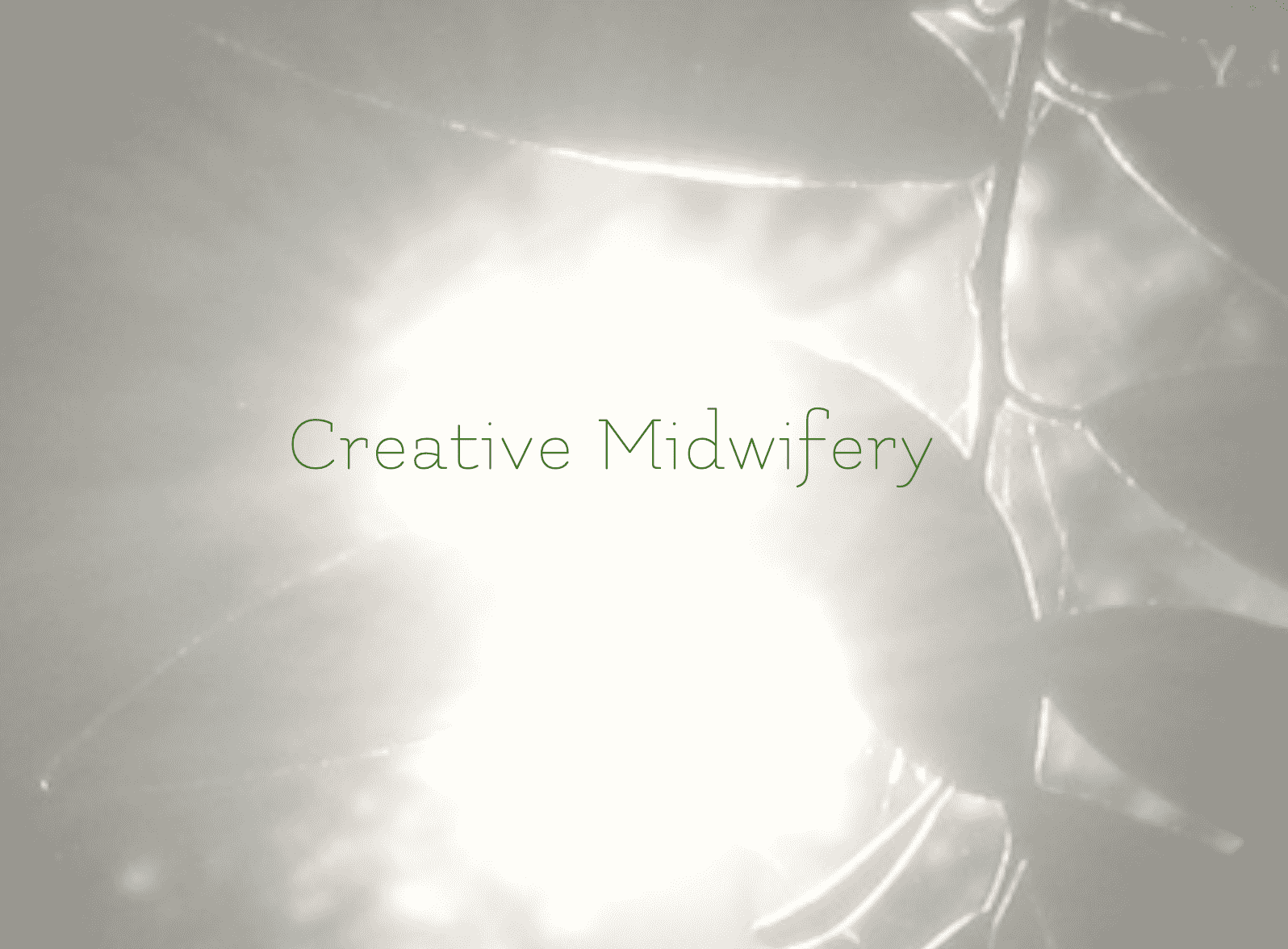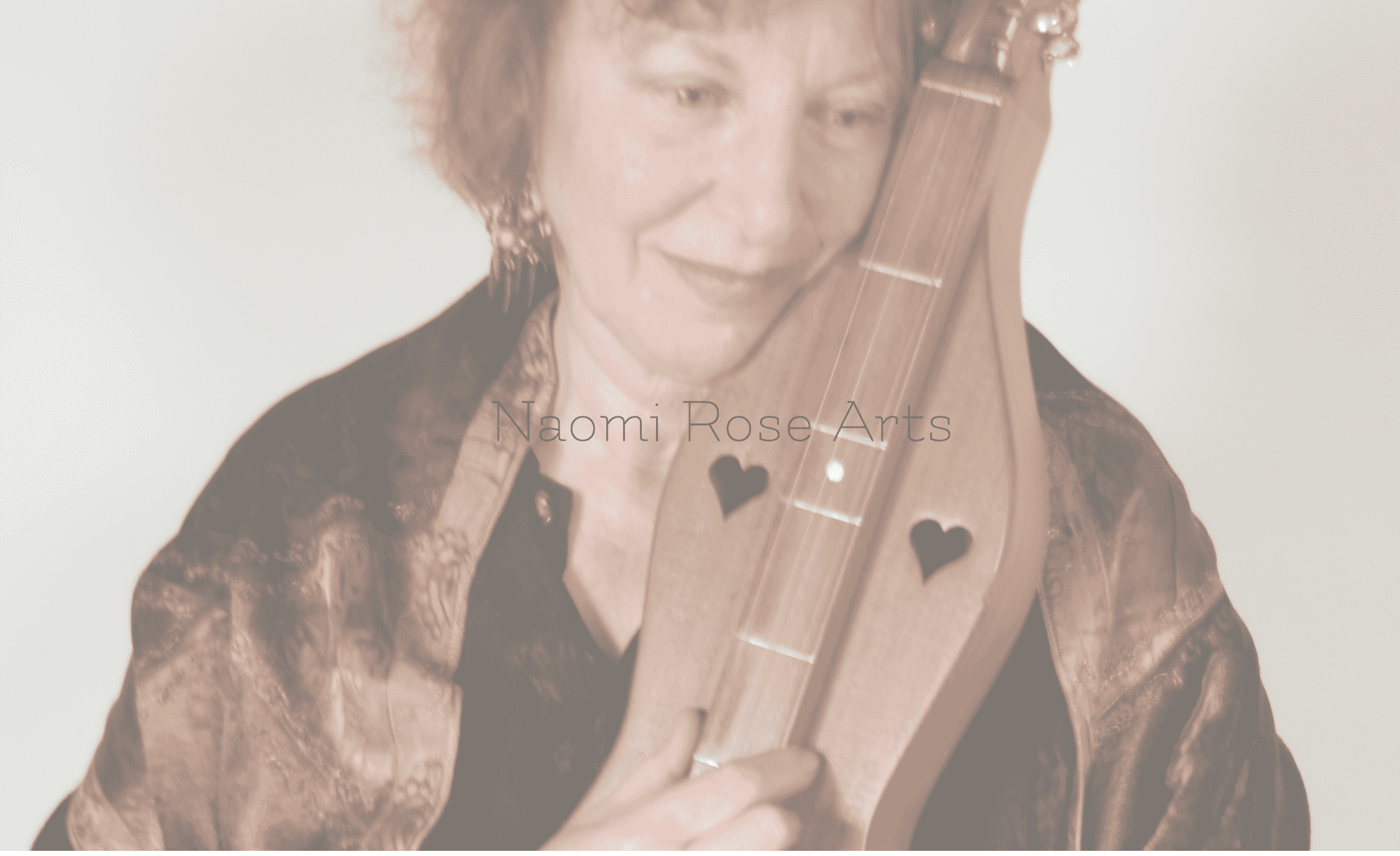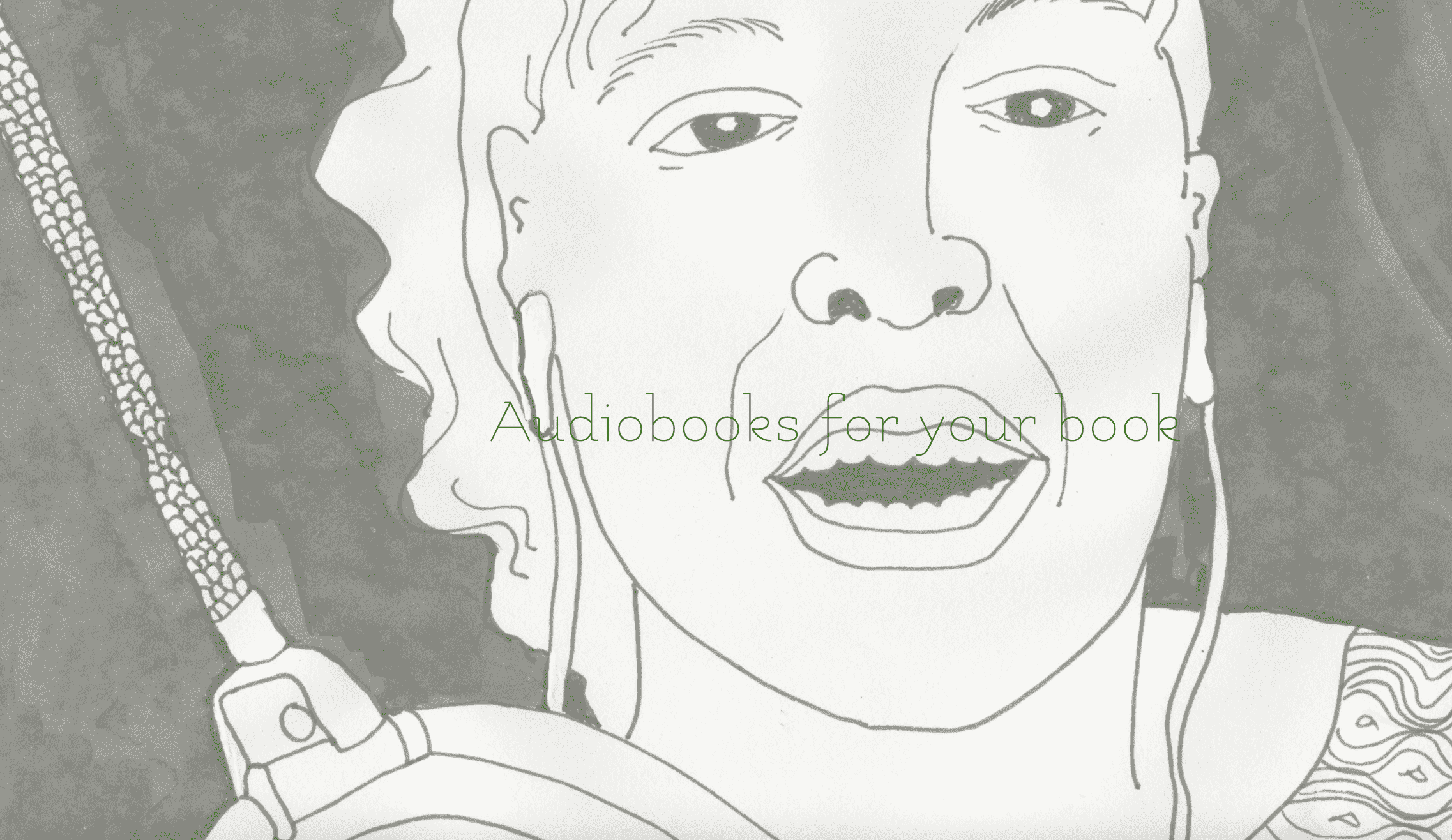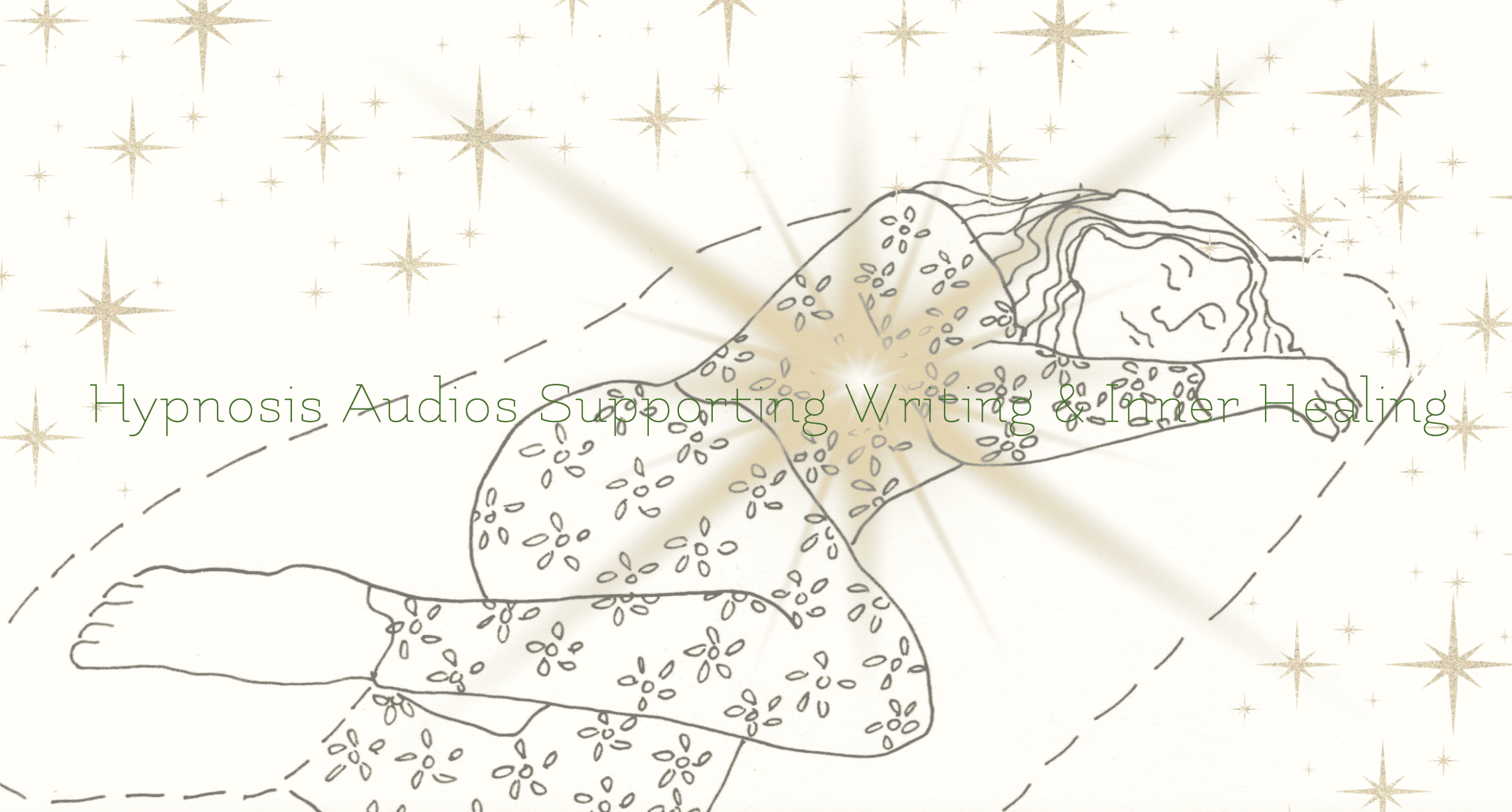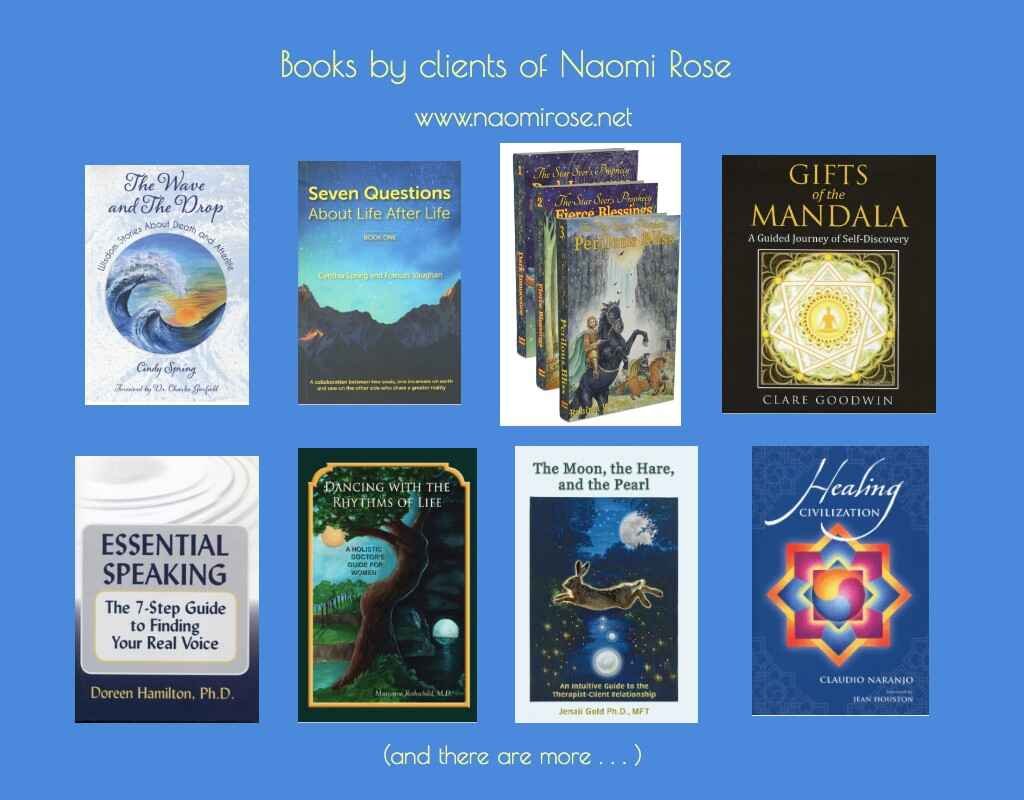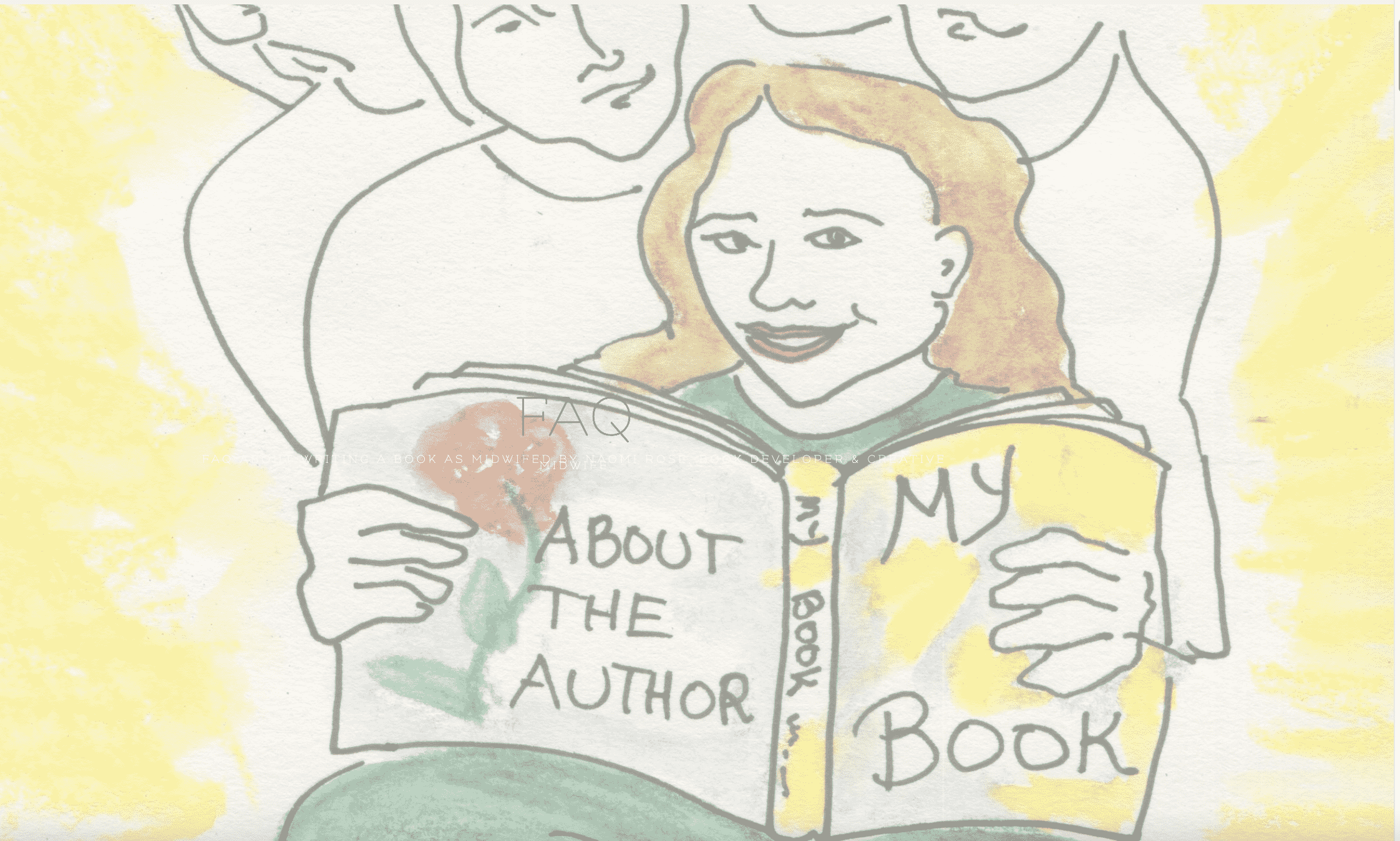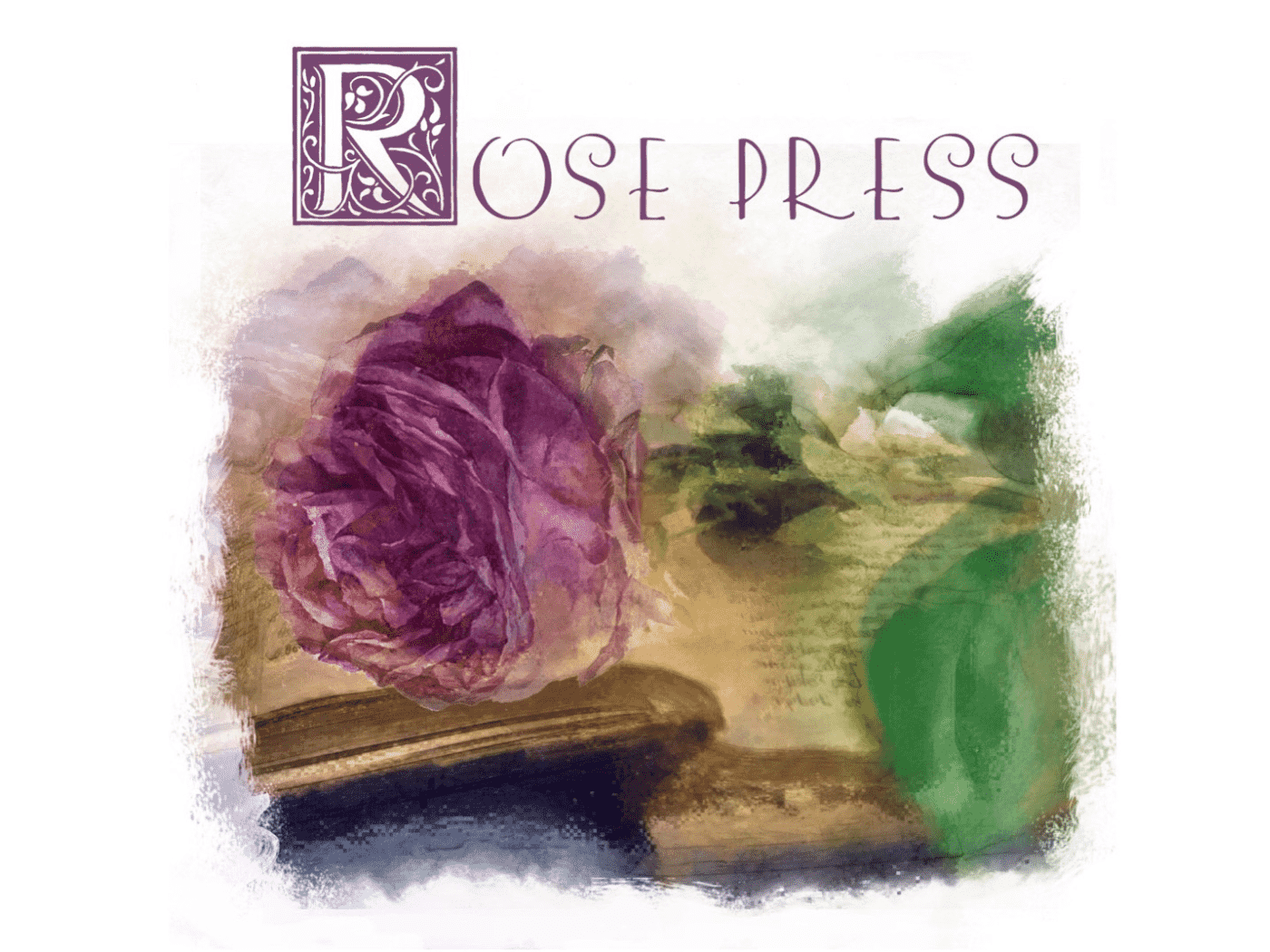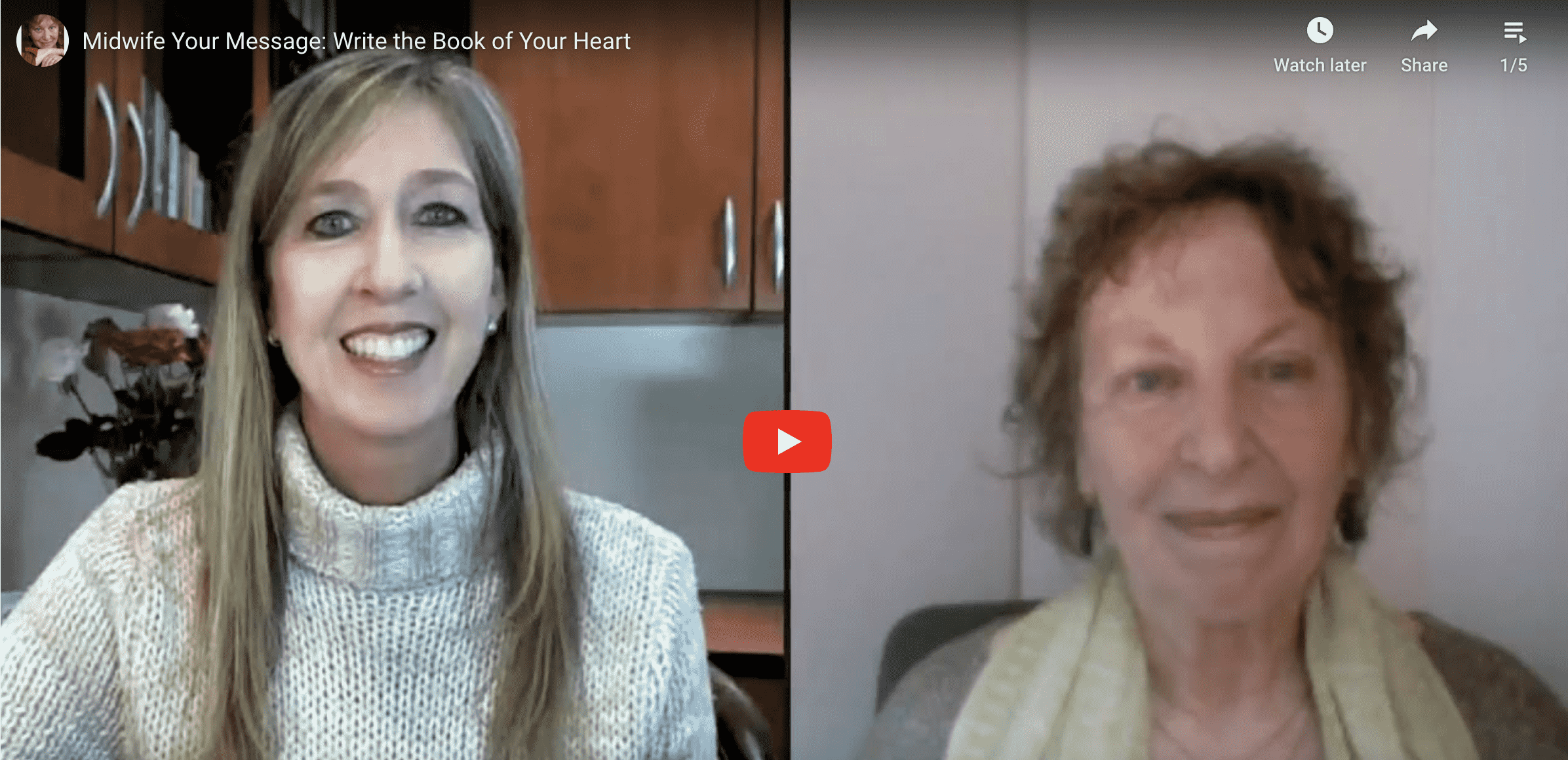Writing a book? Wanting to write a book?
Naomi Rose’s Writing from the Deeper Self blog on:
WRITING A BOOK — OUTLINE ALTERNATIVE
Naomi Rose, Book Coach/Book Developer & Creative Midwife
Encouraging your creative flowering
If you have ever had to write an outline – for a school paper or dissertation, for your career, even for something you actively wanted to write (e.g., a book) – you may know that this is not something you usually do for fun.
It’s a purely mental assignment. You’re trying to figure out ahead of time the territory you’ll be covering, what you’ll name each section, and what will follow from what – the logical development of your premise or subject, leading to an “Of course!” kind of conclusion.
The fact that many of us have been trained to do this doesn’t mean writing an outline is the only way to discover the trajectory of your writing. For people who are intrinsically logical, left-brain logical – “1 is followed by 2, is followed by 3, is followed by 4” and so on – starting one’s writing out with an outline and then filling it in may well be the way to go.
But for the rest of us –
if, like me, you tend to (let’s say) favor the right brain (that is, you’re capable of making logical assumptions and following them through, but you don’t find this as inspiring and encouraging as following the associations that arise and seeing what bigger picture they point to) – well then, you may be a perfect candidate for a more organic, right-brained approach to structuring your writing (whether a book or some briefer form).
What’s the difference?
Putting together a left-brained outline assumes that you will know at the outset exactly what you will be writing about, and in what order. Maybe something on the line of this:
Subject: The history of widget invention in the Western United States
I. Definition and description of a widget.
1. What is a widget?
2. What is the purpose and utility of widgets?
3. Why do they need to be invented?
II. Who tends to invent them?
4. Characteristics of inventors
5. “Nature vs. nurture” (are they born that way, or is some innovative capacity nurtured?)
III. What widgets have been invented in the Western United States?
6. General categorization
7. Specialized categorizations
IV. What have they been used for, and what have been their effects?
8. On the population
9. On progress
V. General conclusions
VI. Nurturing the widget-inventor in yourself
writing an outline can work but “feel” like work. There is an alternative. illustration by naomi rose.
I just came up with this in the spur of the moment to illustrate my point. But as I did so, I was re-acquainted with the complex, in-the-background feelings and doubts that often accompanied my own outline-making in the past: “What do I have to say?” “What comes next?” “Do I really believe this, really care? But I guess this could be the ‘Y’ that follows the ‘X” I just put down.” “What does it matter, at least I’m filling the outline in.” And so on.
So let’s say this widget-inventor outline is actually followed all the way. The outline is the map, but filling it in is the actual territory. Did you ever hear the saying, “The map is not the territory”? It’s really true. Because there you are with your outline in hand, and now you have to come up with fill-ins such as “Characteristics of inventors” (Section II, Chapter 4), and “Nature vs. nurture (Section II, Chapter 5). How do you find these things out? For Chapter 4, do you have to search patent-office records and then track down data on enough inventors to come up with a fact-based general portrait? For Chapter 5, do you have to read biographies of inventors to find out if their childhood families nurtured their innate creativity or wanted them to go into banking? The idea is one thing, but grounding it in the writing itself is another.
Enter a right-brained alternative to outlines!
Yes, there is such a thing. I came up with it while writing a book, and paying attention to how the book was finding its way. Not surprisingly, it was a way that’s harmonious with what I “preach” about Writing from the Deeper Self — that is, see what calls to you from within. See what’s alive for you in the moment. Move in the direction of what you love. Your inner being will then work with you, and bring you “glimmers” glistening with light and possibility, sometimes when you aren’t even trying.
It's a really different approach to outlining. More organic, both to how the creative mind/heart actually works, and to who you are. In this approach, you do not demand of yourself that you know ahead of time what you don’t really know at all (or relate to / have feeling for), and then strain to make it real. You don’t, as they say, paint yourself into a corner (“Well, I said I was going to write about ___ in Chapter 3, and if I don’t, my whole outline from that point topples”).
Instead, you start with a wish – “I want to write about X” – and then you let yourself amble. You let yourself meander, explore, take the back road to, as the songwriter Kate Wolf put it in her song, “I’ll Take the Back Road Home,” “take time to see what goes by.” This is a truly creative approach. You’re going exploring. Inside yourself, actually.
writing a book without an outline is possible when you open yourself to the glimmers and gifts always here for you.
Once you know your wish, your inner being will help you out, like some genii who loves you and wants to serve you. “Is this helpful?” your inner genii-being will (in some form) say, raising up some glistening jewels of insight or even paragraphs when you wake in the morning (or while you wash the dishes, drive the car, etc.). “What about this?” washing up a wave of inspiration that deposits treasures on the shore of your awareness. Really, it feels like gifts from some magical source, all these ideas and associations and bits of actual phrasing that you should run like the wind to write down before they evaporate back into the larger field of unearthed possibility.
I see this as “Phase 1” — the phase of inspiration. You have made your wish known, and your deeper Self is bringing you treasures that relate to your wish. The words (or images, or associations) may just be “glimmers” at this point – a sense of “Aha!” and “Oh yes, that really feels alive and promising.” But they are glimmers that are worth writing down, incomplete as they may seem. Because they will seamlessly lead you to Phase 2.
writing a book outline alternative includes being open to the glimmers and inspirations always available to you, then connecting the dots. illustration by naomi rose.
Phase 2 is where you go through the glimmers you have written down, and ask yourself, “How do these connect?” The answer(s) may not be obvious; but since the glimmer-treasures came from within, rather than from your get-it-done intellectual mind, they have deeper roots. And you know that if you go deep enough, everything connects in the Unity of life and the Source of life. So Phase 2 then opens up what you might call a more poetic understanding – how does Glimmer X connect with Glimmer Y? How does Glimmer Y connect with Glimmer B? This phase calls on a combination of your metaphorical understanding and your logical understanding (yes, the left brain does have a place here; it’s just not in the lead). “How is this like this?” “What do these seemingly disparate things have in common?” As you ponder this, “Aha!”s will arise.
Then comes Phase 3 — organizing these connections into an evolving Table of Contents. (This looks much like an outline, but is created quite differently.) Now, you bring your understanding of the connections among the glimmers and structure them logically into a coherent development. You don’t have to use Roman Numerals, and you can play with what goes before what until it feels just right. But the main difference is that you are not abstractly coming up with an ordering to be followed (as with an outline); you are fitting together the treasures you’ve come up with – through inviting, allowing, associating, and connecting – to find a logical development.
These phases aren’t hard-and-fast, by the way. You may get to Phase 3, and then a new glimmer (Phase 1) will come to you to clarify or amplify or beautify what you have so far. It’s a very creative, work-in-process process, this organic approach to structuring your book (which, by the way, is the title of my book on this subject). It gives to you rather than taking from you. It’s a journey, often an actually fun journey, to find out “What do I want to write? What do I really want to say? How can the deeper place in me guide and inspire me in this journey? What am I capable of, creatively, if I don’t follow the traditional way of outlining and instead trust my Deeper Self to bring me the ‘leftover birthday presents’ from the Beloved? And who will I find myself to be, when I am done?”
If what you’ve read here speaks to you, then my book will likely be of help and of interest.
It’s called An Organic Approach to Structuring Your Book: A Right-Brained Alternative to Outlines (Workbook Included).
Then the inspiration of your Deeper Self
can work its magic
all the way through
your writing.
You can learn about it —
and even buy it
to activate your own right-brained genius —
here, below:






